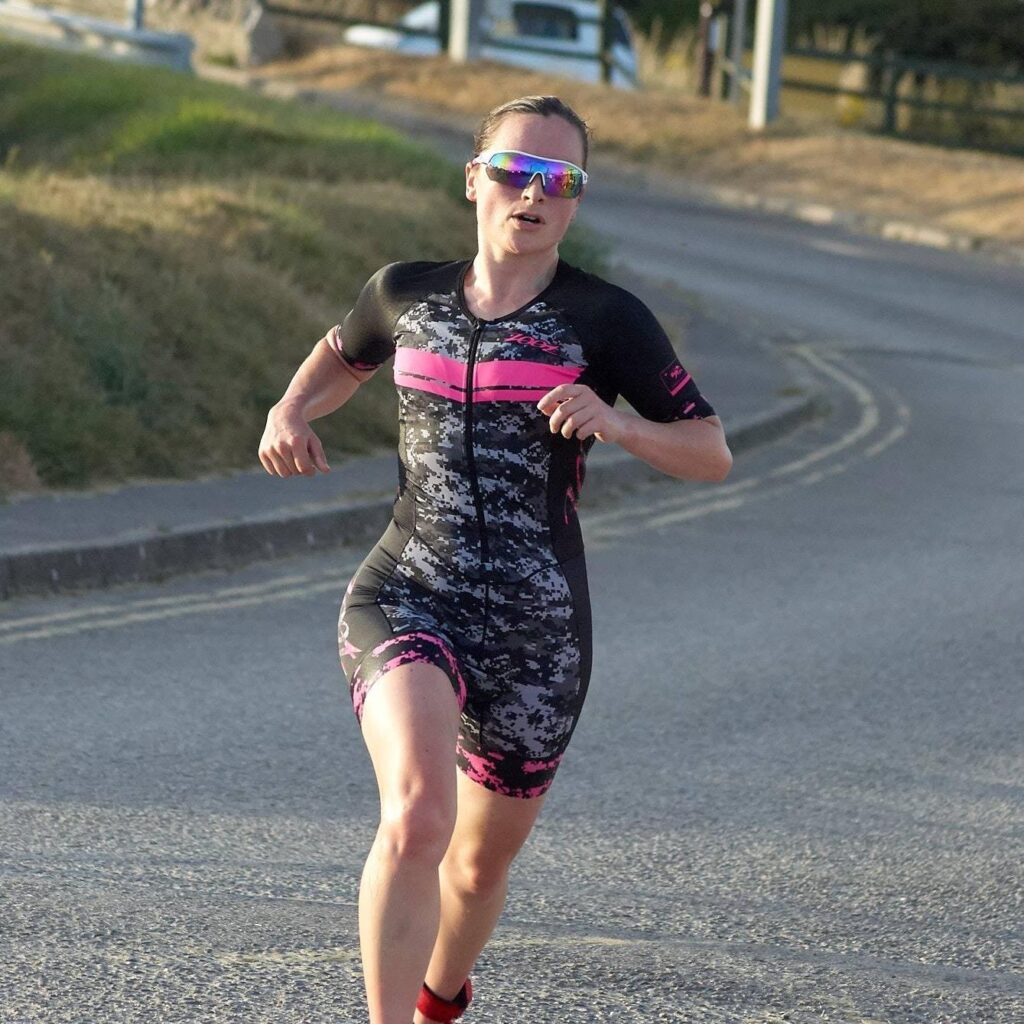As age group triathletes, we constantly strive to improve our performance, optimise our training, and adopt healthy habits to reach our full potential. We’re also neophiles, seeking out the latest exciting tricks and toys to try and find an extra little bit of time, speed or power where we can. The fact is, when you’re busy trying to juggle everyday life with being an athlete, “hacks” and shortcuts become enticing because they offer the tantalising promise of progress without any further commitment – often something we drool over because we already feel our lives are too full to add any more input for the output we want to see.

One topic that often surfaces in the realm of nutrition hacks, is the concept of abstinence pacts. Promoting temporary or permanent exclusion of specific foods or food groups, abstinence pacts are often hailed as a means to achieve better athletic performance and overall health. However, in this blog post, we will delve into why abstinence pacts are not effective and explore alternative strategies that can truly enhance your performance as an age group triathlete.
1. Unsustainability: Restrictive Mindsets and Guilt
One of the main issues with abstinence pacts is their inherent nature of restriction. These pacts typically involve cutting out entire food groups, eliminating specific macronutrients, or adopting extreme dietary approaches. While such tactics may yield short-term results, they often lead to unsustainable patterns and restrictive mindsets. Abstinence pacts can create guilt and anxiety around food choices, hampering your ability to enjoy a nourishing and varied diet. It’s in fact a really easy way to develop issues such as binge-starve cycles, food shame and diminished self-worth.
2. Nutrient Deficiencies and Performance Impairment
Abstinence pacts can inadvertently lead to nutrient deficiencies, especially when whole food groups are eliminated. Each macronutrient and food group serves a unique purpose in our body’s optimal functioning. For instance, carbohydrates are essential for glycogen replenishment, proteins aid in muscle recovery and repair, and fats provide crucial energy reserves. Eliminating these vital components can compromise your performance, hinder your recovery, and even negatively impact your immune system. Instead of focusing on restriction, focus on inclusion. This means looking at how we can ADD nutrients to our diet – focus on how many additional plants you can include in your diet, varieties of protein sources and maybe include a couple of new recipes per week with some exciting ingredients you don’t often use! These are guaranteed ways to introduce a good wide range of nutrients into your diet, without feeling restricted and I reckon you’ll feel the benefits on and off the race circuit.
3. Individualised Nutrition and Performance Optimization
Every age group triathlete is unique, with varying nutritional needs, goals, and preferences. Rigid abstinence pacts fail to recognise this individuality. Optimal performance requires personalized nutrition strategies that consider factors such as training load, body composition goals, dietary preferences, and overall health. Collaborating with a qualified nutrition coach can help you develop a tailored plan that optimises your fuelling for performance, ensures nutrient adequacy, and supports your long-term well-being. Customised plans focus on fueling your body for success rather than restricting it unnecessarily.
4. Switching off Internal Cues
WAAAAAAAYYYYY too often I see athletes who have basically become immune to their own hunger cues. They no longer recognise, register or acknowledge feelings of hunger or fullness until they are either hangry, bonking at the side of the road or massaging their belly after the pre-Ironman soggy pasta party. Sticking to a rigid set of rules when it comes to your nutrition, means you are telling yourself to ignore your own internal cues. Your body is amazingly well designed to take in what it needs, when it needs it. It does this through the gut-brain axis and endocrine systems in the main and the thoughts and cravings you have about food are often planted in your mind through your body. This is your body’s way of telling you it needs more of something be that calories, salt, carbohydrates or something else. Learning to listen to these internal cures, interpret them correctly and respond to them is essential to maintain energy and health through training and life in the long term.
5. Embracing a Sustainable and Balanced Approach
To unlock your full potential as an age group triathlete, it is crucial to adopt a sustainable and balanced approach to nutrition. Prioritise nutrient-dense whole foods, incorporate a variety of fruits and vegetables, include lean proteins, healthy fats, and whole grains. Strive for consistency, portion control, and mindful eating practices to fuel your training effectively. Have the ice cream, enjoy the crisps, stop telling everyone your body is a temple and taking cookie cutter advice. Remember, it’s about progress, not perfection. It’s also about enjoying triathlon as an enrichment to your life, not something that deprives you and excludes you from society.
What should I do instead?
Let go a little. Sure, have a plan. Understand you’re an athlete and so your needs are going to be different to the average Joe next door. But with that, remember you’re still a human. You can’t get away from the basic physiology of your own brain and body and so understanding how they work, listening to the cues you’re getting and not trying to fight your internal cues, is the best way to start.
And if you want to chat more about working with a no BS nutrition coach and how that could help you lead a more balanced life AND bring success out there on the course, get in touch and book your FREE intro call with me.
